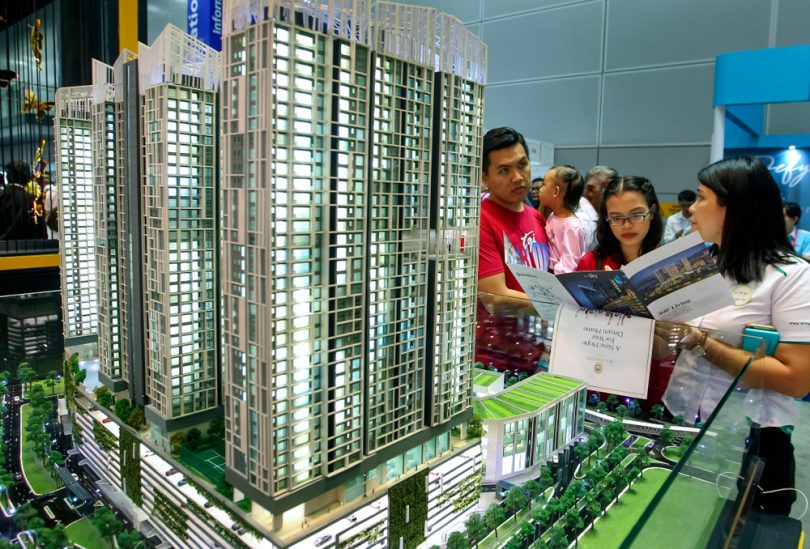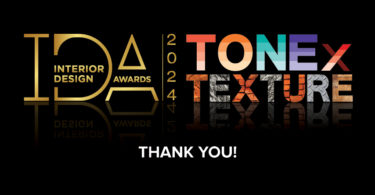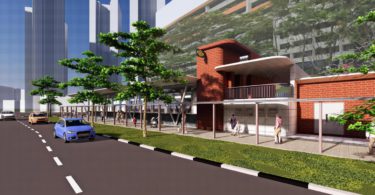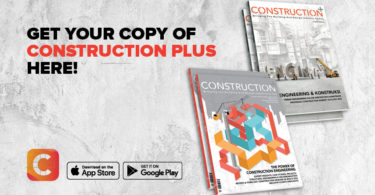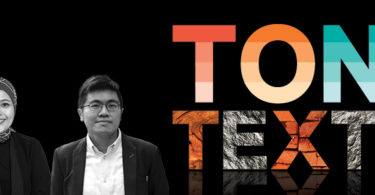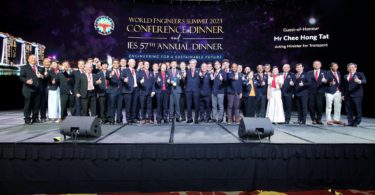Whichever sector we work in, the pandemic situation has compelled us to take every reasonable effort to deliver our commitments. The crisis has served as a learning opportunity to rethink and redefine how we live and work. In the built environment sector, this also means transforming project deliveries and adopting smart technologies.
In the CEOs in Conversation panel discussion during the International Built Environment Week (IBEW) 2020, Frank Khoo, Group Chief Investment Officer of City Development Limited (CDL), Singapore, mentioned that from the developer’s perspective, the biggest challenge posed by the pandemic is the delay in the construction process, so now CDL is focusing on 3R:
- Redesigning space as there will be a focus on health, wellness and safety
- Reinventing processes as we need to be more digital and automated
- Reinforcing resilience along the value chain to withstand disturbances and crises
PREFABRICATED PREFINISHED VOLUMETRIC CONSTRUCTION (PPVC)
Reinventing processes includes the adoption of Design for Manufacture and Assembly (DfMA) principles. PPVC, for example, can save considerable amount of manpower.
Read: Building the future with prefabricated prefinished volumetric construction (PPVC)
But the biggest challenge in adopting new technology is the mindset, which is to move from the reliance of labour to off-site distributed works. The government has encouraged the PPVC to gear the industry toward this direction, as well as to combat climate change and protect workers’ safety in the new normal. Moving forward, Khoo insisted, we need more developers to adopt this method.
CDL was one of the first movers in the PPVC project in Singapore. The Brownstone project covered the construction of 640 apartments using only PPVC. Khoo claimed that the development was expensive because they did not have the economy of scale just yet. Hence, to reduce costs, there should be active participation of stakeholders throughout the value chain.
Aside from that, consumers could also play a part because they have become increasingly discerning. They now want to know how things are done, what materials are used, what methods can be adopted, because they are also concerned about ESG (Environmental, Social and Corporate Governance). The three parties—the government, the producers and consumers—should work together to drive a faster adoption process.
Also read: Homebuyers’ willingness-to-pay for Green attributes: Evidence from Asian cities
SMART BUILDING’S COMPETITIVE ADVANTAGE
Khoo also believes that embracing digital transformation will foster ESG as it will improve efficiency and sustainability, reduce costs and enhance customer experience. Retaining tenants will be made easier if a building is equipped with smart technology, because users can, for example, quickly find the nearest available parking slot; book a meeting room while on the way to work; as well as order a coffee and monitor activities remotely, etc.
Integrating smart features, according to Khoo, will enhance the user’s experience and this will give a property more competitive advantage. In the context of the pandemic, we can incorporate relevant devices such as a robotic disinfectant with a UV technology. In addition to this, technology will also save labour costs. For instance, smart HVAC, kitchen or storage monitoring system with sensors can alert users if supply is running low or if potential damage is detected. Fixing a problem before it occurs will reduce costs incurred to both tenants and facility management.– Anisa Pinatih, Construction+ Online
Disclaimer: Construction+ makes reasonable efforts to present accurate and reliable information on this website, but the information is not intended to provide specific advice about individual legal, business, or other matters, and it is not a substitute for readers’ independent research and evaluation of any issue. If specific legal or other expert advice is required or desired, the services of an appropriate, competent professional should be sought. Construction+ makes no representations of any kind and disclaims all expressed, implied, statutory or other warranties of any kind, including, without limitation, any warranties of accuracy and timeliness of the measures and regulations; and the completeness of the projects mentioned in the articles. All measures, regulations and projects are accurate as of the date of publication; for further information, please refer to the sources cited.
Hyperlinks are not endorsements: Construction+ is in the business of promoting the interests of its readers as a whole and does not promote or endorse references to specific products, services or third-party content providers; nor are such links or references any indication that Construction+ has received specific authorisation to provide these links or references. Rather, the links on this website to other sites are provided solely to acknowledge them as content sources and as a convenient resource to readers of Construction+.



